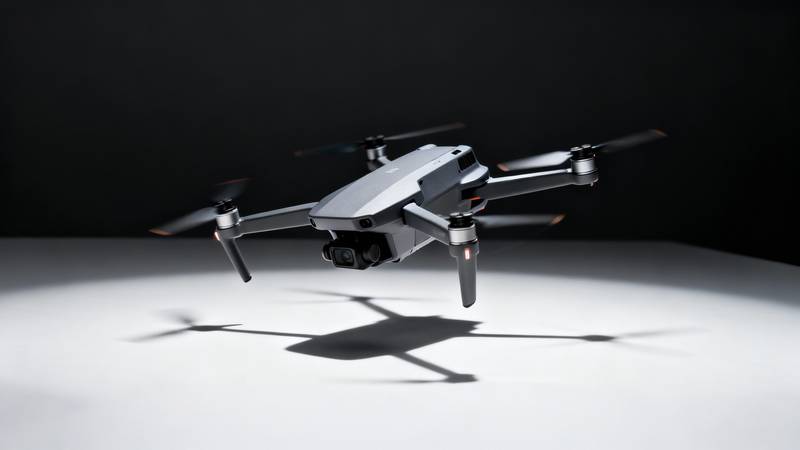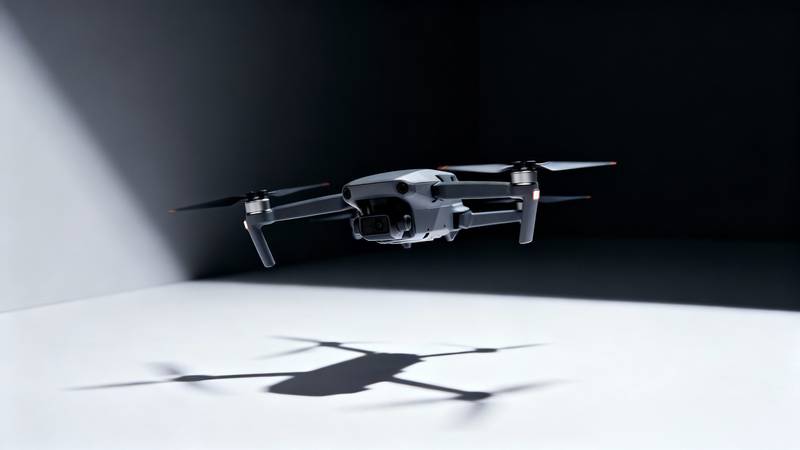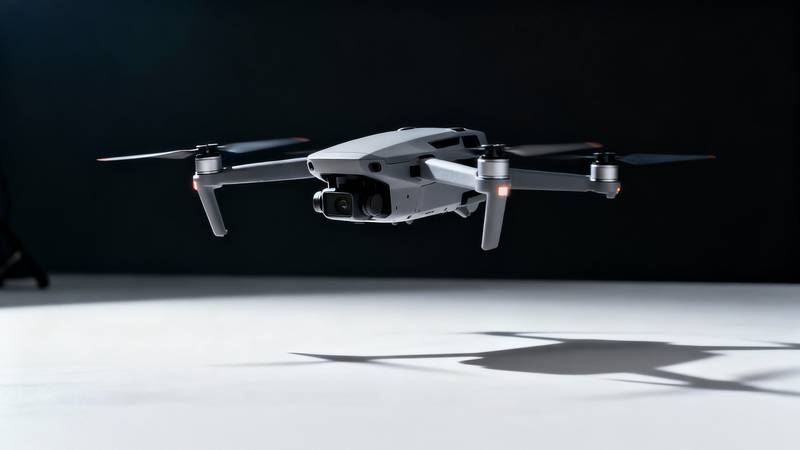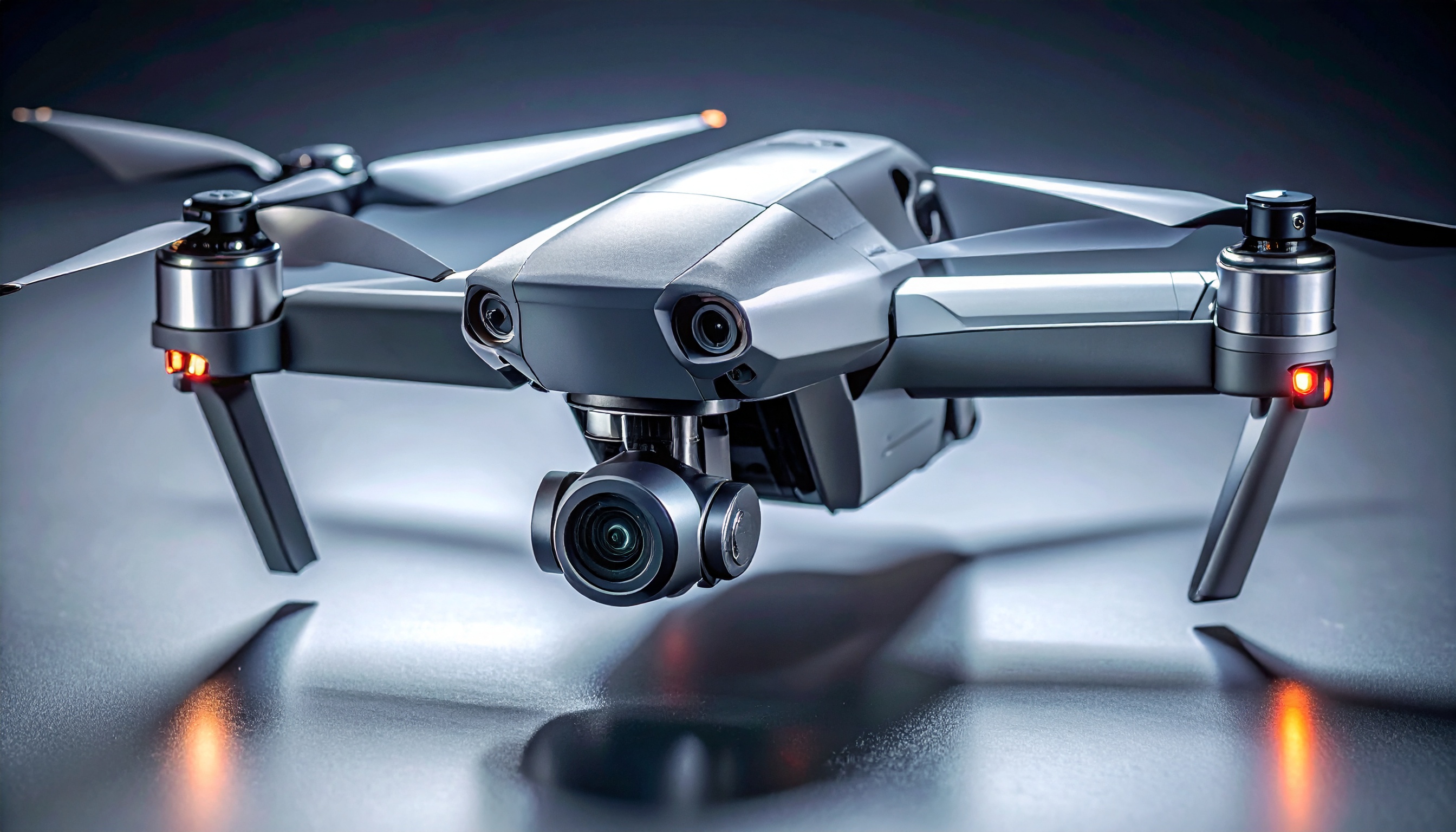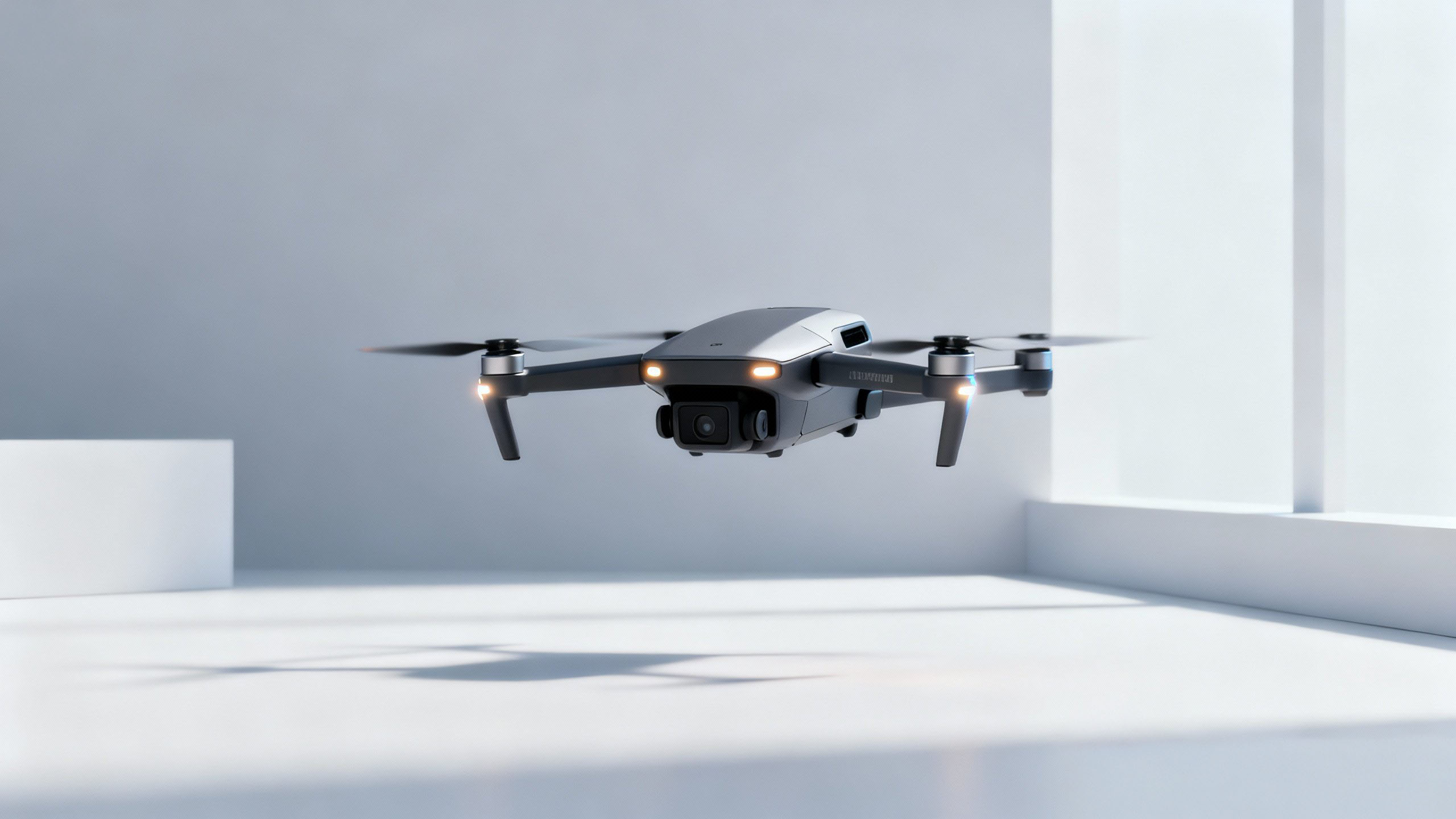The Vertical Supply Chain: Heavy-Lift Drones Redefining Logistics
The latest heavy-lift autonomous drone platforms are revolutionizing industrial logistics and material transport, moving beyond surveillance to carry significant payloads with high precision across complex environments, thereby optimizing global supply chains.
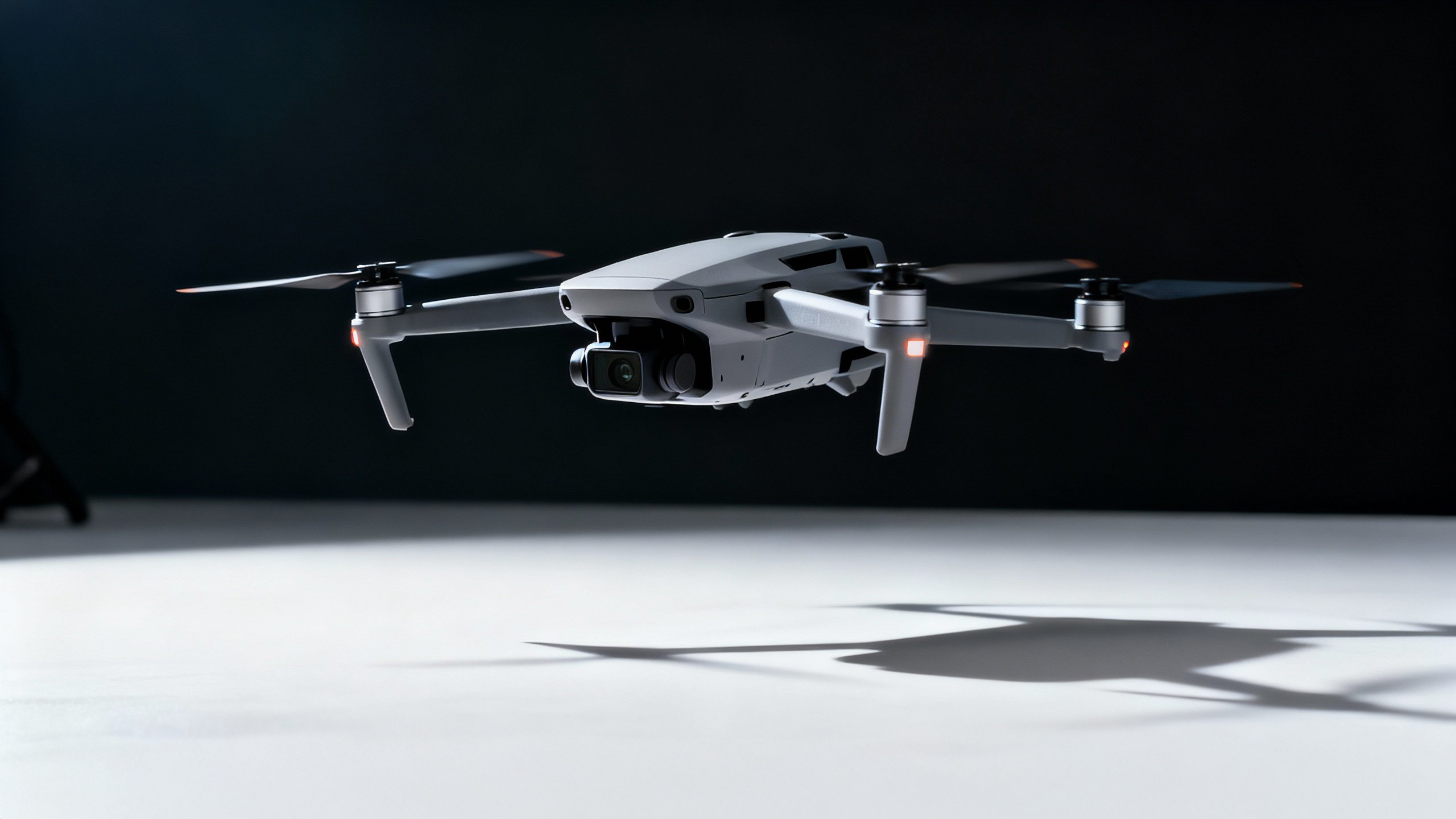
The evolution of unmanned aerial vehicles (UAVs) has reached a critical juncture with the introduction of heavy-lift autonomous platforms. These systems move beyond mere data collection, stepping into the demanding field of material transport and logistics. Engineered to carry significant, often uneven, payloads with absolute precision, these drones are eliminating infrastructure bottlenecks and opening up entirely new operational models for construction, disaster relief, and remote supply chain management.
Advanced Payload Stabilization and Vector-Lift AI
Handling heavy loads, especially in variable atmospheric conditions, requires stabilization far superior to standard photography drones. These industrial heavy-lifters utilize a proprietary system known as Vector-Lift AI. This artificial intelligence monitors the payload’s center of gravity (CG) in real-time - up to 1,000 times per second - and dynamically adjusts the thrust output of each motor individually.
Further enhancing stability are specialized gimbaled motor mounts that allow for slight angular adjustment of the thrust vector, providing immediate counter-force against wind shear or turbulence. This technology allows these platforms to safely carry loads up to 150 kilograms over considerable distances, a capability previously exclusive to manned helicopters.
Sectoral Impact and Economic Revolution
The introduction of reliable heavy-lift UAVs is fundamentally changing business operations in several key sectors:
Construction: The most immediate impact is on high-rise construction sites. Instead of relying on expensive and time-consuming cranes to lift small, critical tools or components to high floors, the drone can deliver required materials directly to the receiving team in minutes. This drastically improves workflow efficiency and reduces non-productive waiting time.
Disaster Relief: In scenarios where ground routes are impassable due to floods, earthquakes, or conflicts, these drones serve as vital supply lines. They can rapidly deliver medical supplies, communication equipment, or survival necessities directly to isolated teams or populations, functioning as an invaluable first responder logistics tool.
Remote Energy Maintenance: Servicing remote wind farms or inaccessible power infrastructure is simplified. The drone can transport heavy tools, replacement insulators, or diagnostic equipment directly to the base of a turbine or tower, eliminating the need for costly helicopter charters or complex overland transport routes. The reliability and precision of the Vector-Lift AI ensure these expensive components are handled without damage.

